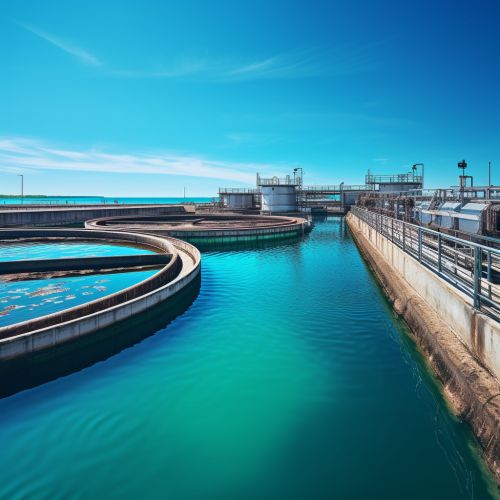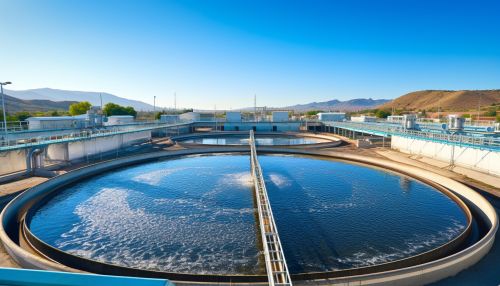Water Pollution Regulation
Introduction
Water pollution regulation refers to the control and management of water quality in both natural and man-made water bodies. It involves the implementation of laws, policies, and practices aimed at preventing and reducing the contamination of water resources. This field is closely related to environmental law, public health, and sustainable development.
Water Pollution
Water pollution is the contamination of water bodies such as lakes, rivers, oceans, and groundwater caused by human activities. This can result in water not being safe for human consumption and other uses. Water pollution can be classified into two main categories: point source and non-point source pollution.
Point Source Pollution
Point source pollution refers to contaminants that enter a waterway from a single, identifiable source, such as a pipe or ditch. Examples of point sources include industrial discharges, sewage treatment plants, and oil spills.
Non-Point Source Pollution
Non-point source pollution, on the other hand, comes from many diffuse sources. This type of pollution is often the cumulative effect of small amounts of contaminants gathered from a large area. Examples include runoff from agriculture or urban areas.
Regulation of Water Pollution
The regulation of water pollution involves the establishment and enforcement of standards and practices that aim to protect water quality. This can be achieved through legislation, policy-making, and the implementation of water management strategies.
Legislation
Legislation is one of the primary tools for regulating water pollution. Laws may be enacted at the local, regional, national, or international level to control the discharge of pollutants into water bodies. These laws often set standards for water quality and establish penalties for non-compliance.
Policy-Making
Policy-making in water pollution regulation involves the development of strategies and plans to achieve the goals set out in legislation. This can involve a range of activities, including research, consultation, decision-making, and implementation.
Water Management Strategies
Water management strategies are practical measures designed to prevent, reduce, or mitigate the impacts of water pollution. These can include technological solutions, such as wastewater treatment, as well as behavioral changes, such as promoting water conservation.
International Water Pollution Regulation
Water pollution regulation is not only a national concern but also an international one. Many water bodies cross national boundaries, and pollution can easily spread from one country to another. As a result, international cooperation is often necessary to effectively manage and protect global water resources.


